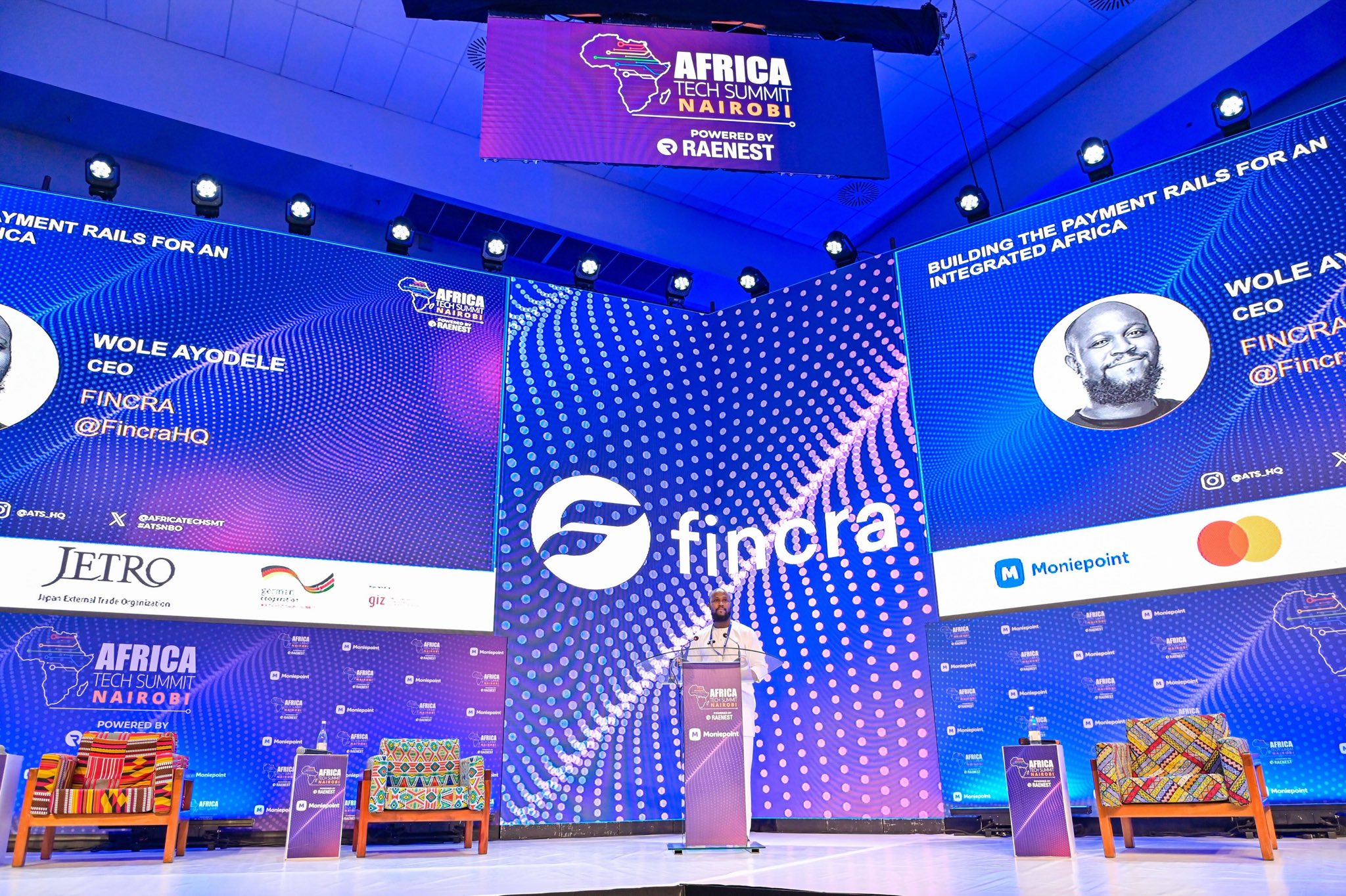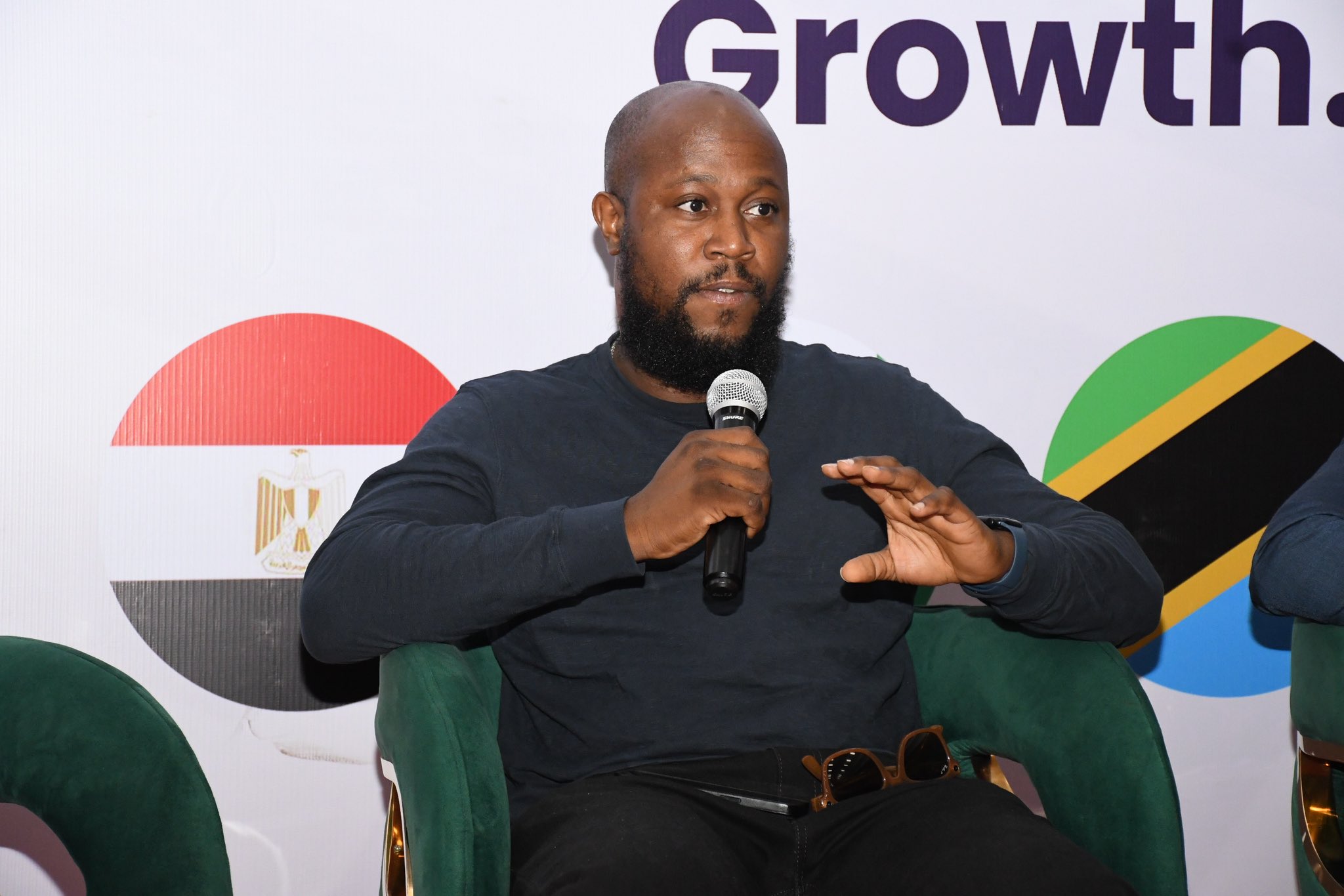Introduction
Let’s talk Fixing cross-border payments in Africa, because if you’ve ever tried to send or receive money across African borders, you know it’s… complicated.
At the recent Africa Tech Summit (ATS) in Nairobi, our CEO Wole Ayodele took the mic to break it all down. And not just from a product point of view, but from the trenches. From what it actually takes to build payment rails on a continent where they barely exist.
Solving cross-border challenges in Africa is a deep-seated task for us at Fincra, and it was the crux of our CEO’s comments at the recent Africa Tech Summit (ATS) in Kenya.
In this post, we’re sharing the 3 biggest takeaways from Wole’s panel on “Building for Africa’s Diverse Markets: The Role of Cross-Border Payments in Scaling.”
This is what the Fincra CEO cross-border payments Africa mission really looks like, behind the scenes.
Africa’s Payment Rails Don’t Exist Yet — That’s the Problem
Wole didn’t mince words. One of the first things he said? Most African countries are trying to build cross-border payments… on nothing. Literally.
He compared it to platforms like Revolut or Wise. They just plug into existing infrastructure, EMI licenses, banking APIs, FX systems. It’s all there for them.
“They never had to solve the problem of converting GBP to EUR or EUR to USD. Why? Because the rails already exist.”
But here in Africa? Those rails haven’t been built yet. So what do fintechs do?
They get creative. Maybe too creative.
“At Fincra, foreign treasurers are shocked we’re giving them quotes via WhatsApp.”
Because that’s the workaround: WhatsApp groups with Verto, Fincra, Leatherback, etc. That’s the infrastructure right now.
Wole’s point? We’re not just facing a tech problem, it’s a currency and liquidity problem. And that problem is what the Fincra CEO cross-border payments Africa strategy is aiming to fix.
Licensing is a Maze and a Gate when it comes to Fixing cross-border payments in Africa
Next, Wole took aim at regulation. Not to complain, but to call it out.
“In Canada, we got a license in 6 months without setting foot there.”
Meanwhile, in many African countries, licenses can take 2–3 years… if you ever get one at all.
And it’s not always about process, sometimes, it’s about politics. Or who you know. Or who you’re willing to pay.
That gatekeeping blocks innovation. And it holds back the very platforms that could grow the digital economy, enable inclusion, and fix the cross-border chaos.
“If Paystack and Flutterwave didn’t exist, a lot of the startup ecosystem wouldn’t either.”
That’s how high the stakes are. And that’s why this isn’t just a company issue, it’s a policy one.
No One Can Build and Fix cross-border payments in Africa Alone
Lastly, Wole said something that stuck: “It’s not just fintechs. It’s everybody.”
To build proper payment rails, you need:
-
Banks
-
Telcos
-
Regulators
-
FX brokers
-
Stablecoin innovators
-
Manufacturers
-
Global businesses
-
And yes, even WhatsApp groups (for now)
“You can’t just bring together banks and regulators and think that’s enough. It takes the whole ecosystem.”
So while Fincra is doing its part, from APIs to treasury networks, Wole’s bigger message was about collaboration. This is what the Fincra cross-border payments Africa journey looks like: messy, ambitious, but shared.
Conclusion

At ATS, Wole wasn’t just there to speak. He was there to invite. To call on governments, startups, regulators, and doers from every sector to stop building alone, and start connecting the dots.
Because the future of cross-border payments in Africa isn’t one big silver bullet. It’s a patchwork of smart people and systems working together, side by side. That’s also what we’re building with Afincran, our movement to unite builders across Africa.
Read more about the Afincran initiative here.




